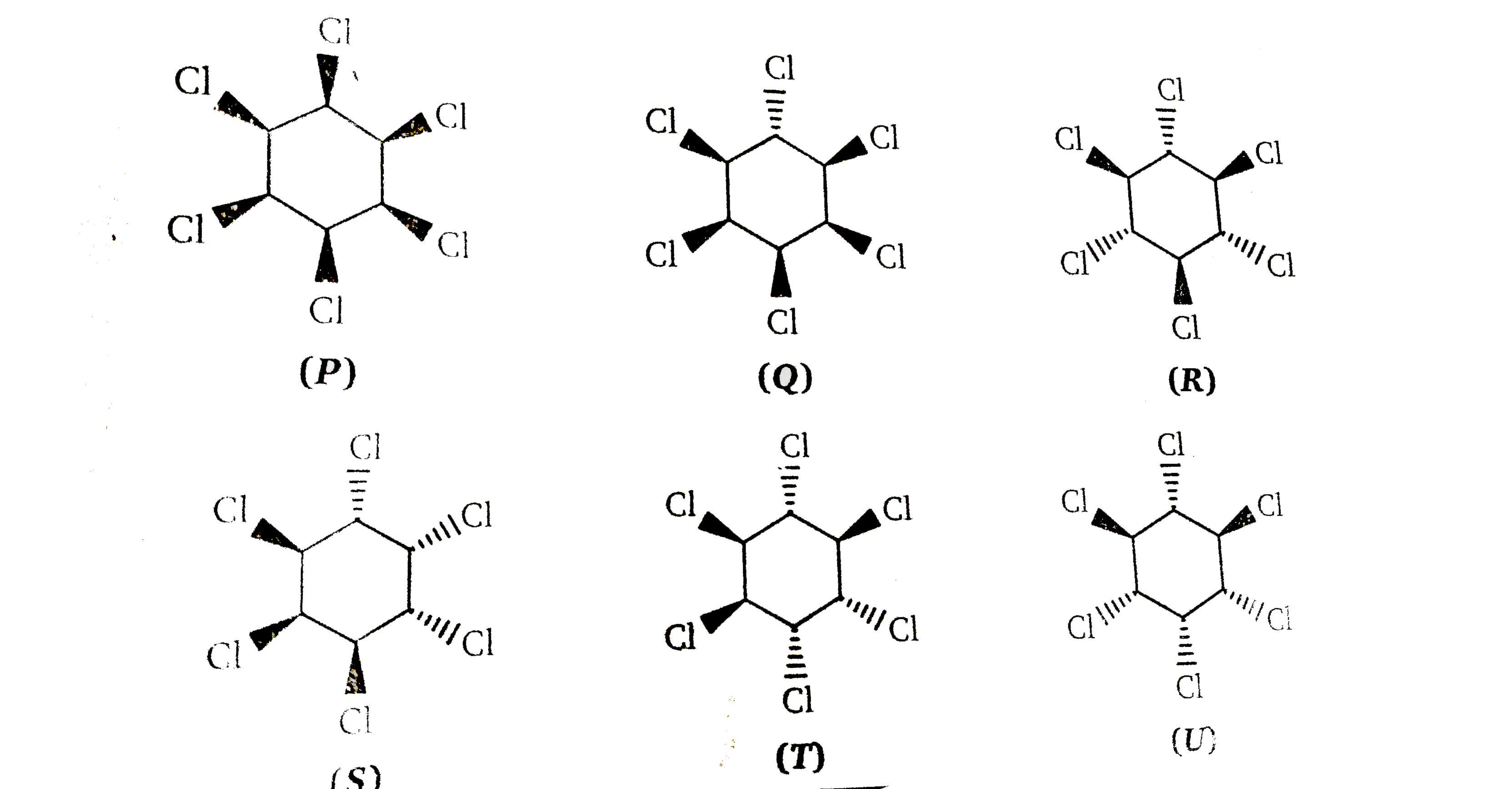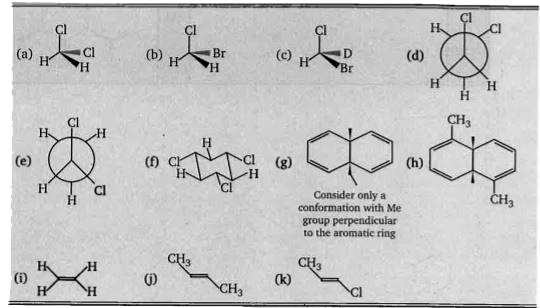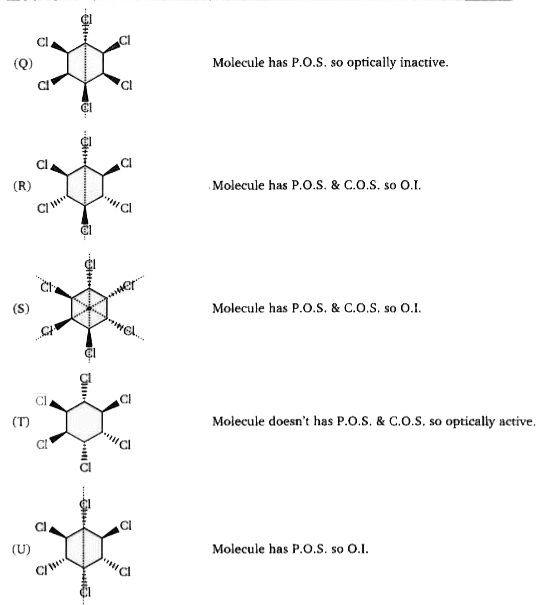
Consider the structures and answer A, B & C
Which of the compound is optically active ? Solution in Kannada
P
R
S
T
The correct Answer is:A, D
Topper's Solved these Questions
- ISOMERISM (STRUCTURAL & STEREOISOMERISM)Book:MS CHOUHANChapter:ISOMERISM (STRUCTURAL & STEREOISOMERISM)Exercise:LEVEL 2 (SUBJECTIVE PROBLEMS)
Explore 17 Videos
- ISOMERISM (STRUCTURAL & STEREOISOMERISM)Book:MS CHOUHANChapter:ISOMERISM (STRUCTURAL & STEREOISOMERISM)Exercise:LEVEL 2 (SUBJECTIVE PROBLEMS)
Explore 17 Videos
- HYDROCARBONS (ALKYNES)Book:MS CHOUHANChapter:HYDROCARBONS (ALKYNES)Exercise:Level -1
Explore 32 Videos
- IUPAC NAME Book:MS CHOUHANChapter:IUPAC NAME Exercise:LEVEL-2 (SUBJECTIVE PROBLEMS )
Explore 1 Video
Similar Questions
Number of chiral isomers are:

View SolutionNumber of chiral isomers are:

View SolutionComplete the following reaction

View Solution
When IUPAC name of following compound is given, then double bond and substituent gets respectively (x and y) number so the sum of (x + y) will be
View SolutionAssertion: Lactic acid is is optically active. Reason: A symmetry in the inner structure of the organic compound causes optical activity.
View SolutionWhich of the following compounds will be optically active?
View SolutionWhich of the following compounds will be optically active?
View SolutionConsider the structures and answer A, B & C Which of the compound is optically active ?
View SolutionWhich of the following compounds will be optically active ?
View SolutionWhich is a optically active compound ?
View SolutionWhich compound is optically active
View SolutionWhich of the following are optically active compounds -
View SolutionReduction of hexose A (molecular formula C6H12O6) with sodium borohydride gives compound B and C. Compound B is optically inactive, whereas compound C is optically active. Which of the following is compound A?
View SolutionWhich of the following compounds are optically active ?
View SolutionWhich compound is optically active ?
View SolutionAn organic compound with molecular formula C_5H_5Cl exists in two optically active forms A and B . A on hydrogenation in presence of a catalyst gives an optically inactive compound (C). While B gives an optically active compound D. The structure of A is
View Solution

